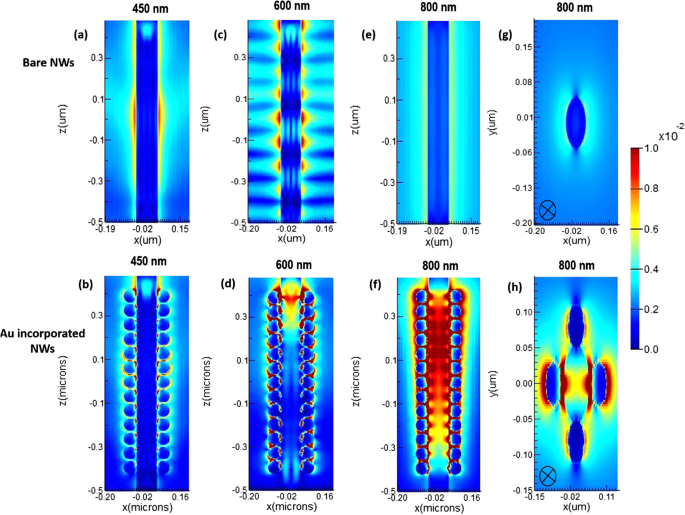
Therefore, cut-off wavelengths can not always be precisely determined in experiments.

Therefore, even for moderate bending of the fiber one may obtain sharply increasing propagation losses near the cut-off wavelength. Just below its cut-off wavelength, the bend losses of a mode can become very high due to the increased mode area. In step-index fibers, there is no cut-off for the fundamental (LP 01) mode.įor other fiber designs, in particular for some photonic crystal fibers, there can also be a fundamental cut-off.įibers with not radially symmetric designs (and strongly bent fibers) can have polarization-dependent cut-off wavelengths.
GAAS CUT OFF WAVELENGTH SOFTWARE
The diagram has been produced with the software RP Fiber Power.įor LP lm modes of a fiber, only for l = 0 the fraction of the power guided in the core goes to zero when approaching the cut-off.įor modes with higher l, the mode size stays finite there. The thin vertical lines indicate the calculated cut-off wavelengths of the modes. Figure 1:įraction of the power of various guided modes (where the colors are related to the l indices of those) which is contained in the fiber core as a function of the wavelength. That effect is shown in Figure 1 for a multimode step-index fiber similar behavior occurs for fibers with other transverse refractive index profiles. Typically, the mode radius (and thus the effective mode area) increases sharply near the cut-off, and the fraction of power propagating within the waveguide core decreases accordingly. Despite a 7.3 lattice mismatch to the substrate, photodiodes passivated with polyimide exhibit an R 0 A value of 35 cm 2 at 77 K, which is in the same order of magnitude as reference devices grown on native GaSb substrate. Just below the cut-off wavelength, the mode properties often vary substantially. We report the growth and characterization of long wavelength infrared type-II InAs/GaSb superlattice photodiodes with a 50 cut-off wavelength at 11 m, on GaAs substrate. When a particular mode ceases to exist beyond a certain wavelength, that wavelength is called its cut-off wavelength.įor an optical fiber, the cut-off wavelength for the LP 11 mode sets a limit to the single-mode regime, as below that wavelength there is at least the LP 01 and the LP 11 mode. The number of guided modes of a waveguide (for example, an optical fiber) depends on the optical wavelength: the shorter the wavelength, the more modes can be guided.įor long wavelengths, there may be only a single guided mode (→ single-mode fibers) or even none at all, whereas multimode behavior is obtained at shorter wavelengths.
GAAS CUT OFF WAVELENGTH HOW TO
How to cite the article suggest additional literature

GAAS CUT OFF WAVELENGTH FREE
Encyclopedia > letter C > cut-off wavelength Cut-off WavelengthĬut-off wavelengths and other properties of guided modes can be calculated with our free fiber optics software RP Fiber Calculator.ĭefinition: a wavelength above which a guided mode of a waveguide ceases to exist


 0 kommentar(er)
0 kommentar(er)
